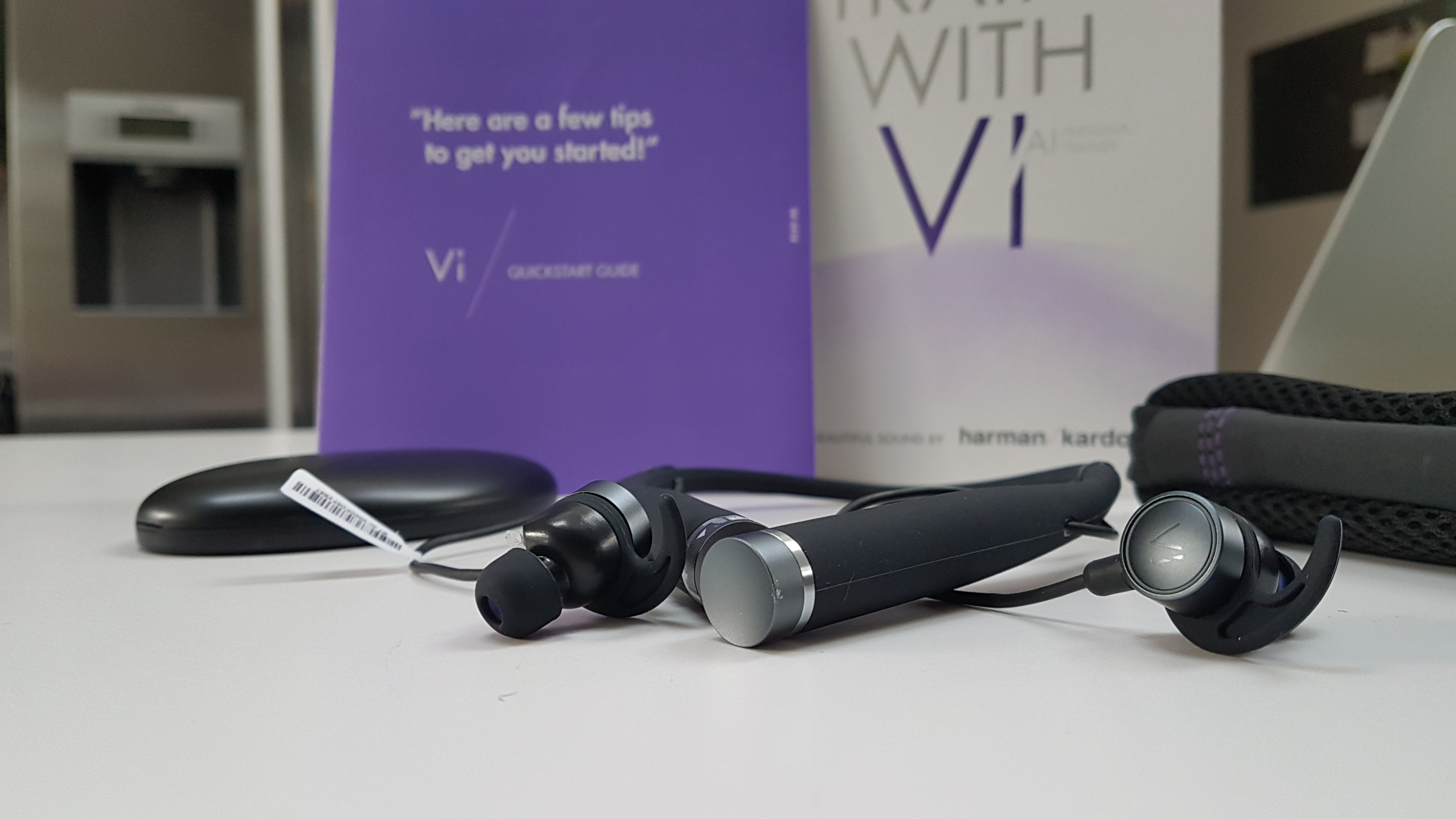Why you can trust TechRadar
Battery life
- Eight hours of life
- Fast charging in 45 minutes
Vi’s claimed maximum battery life is eight hours and in our test we found this to be generally accurate.
We were able to do 3-4 sub-1-hour midweek runs and a longer run on Sunday between charges, though if you use Vi to listen to music outside of your runs this will understandably change.
We'd say that's pretty solid, and the good news is that Vi charges using a standard micro USB cable, no crazy docks and connectors here, plus a full charge from empty takes about 45 minutes and you can get enough juice for an hour session in about 15 minutes.
Verdict
The LifeBEAM Vi is a seriously exciting concept but the delivery leaves something to be desired.
Still, there's a lot of potential here and many of the issues could potentially be solved by software updates.
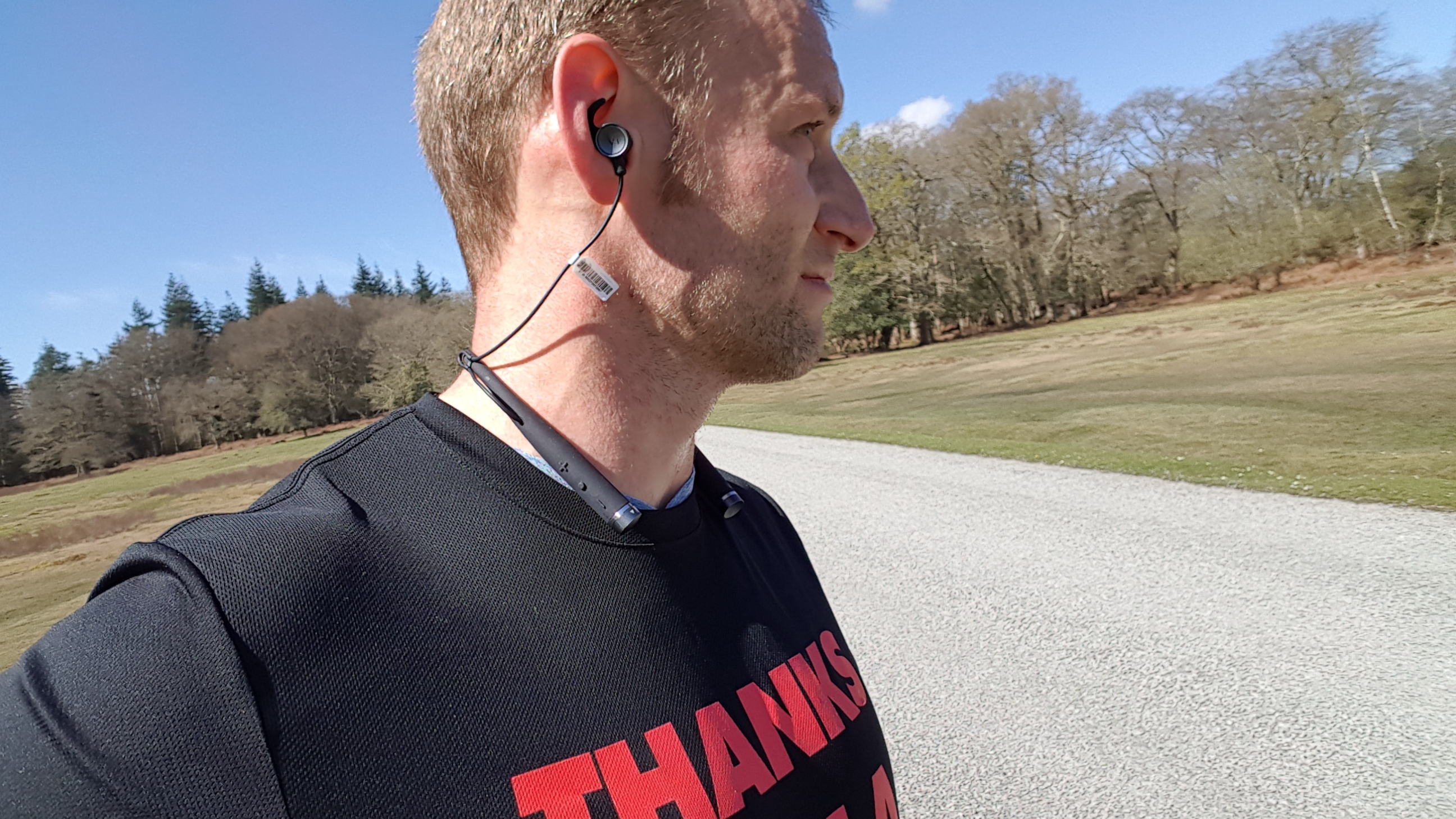
Who's this for?
LifeBEAM Vi should really be a tool for serious runners chasing personal bests, and in the future we’re hopeful that’s exactly what it will be.
However, right now Vi is far more suited to anyone who wants to run, or start running, for general fitness and wants the added security, confidence and motivation that comes with having a trainer but without having to pay the hefty price.
It’s ideal for couch to 5km-ers or anyone who loves music for motivation and wants a little more help and encouragement along the way.
Should you buy it?
There’s a lot to love about Vi and at the very heart of this device is a really good quality set of earphones. If running data is what you really care about then Vi, in her current guise, won’t quite do enough and there are plenty of other options out there offering more bang for your buck.
However, if you want a taste of what the future of fitness feels and sounds like, and your main goal is better general motivation to run, then Vi might just be a worthwhile companion.
Update: LifeBeam Vi is due to launch in the UK on 24 October with a range of feature updates that we’ve been told will address some of the issues we found when we tested this time around. This will include improvements to voice recognition, more heart rate insights and more notifications outside of those you get while training, and we'll update the review when that arrives.
Not sold on the Vi? Here are three alternatives.
Oakley Radar Pace
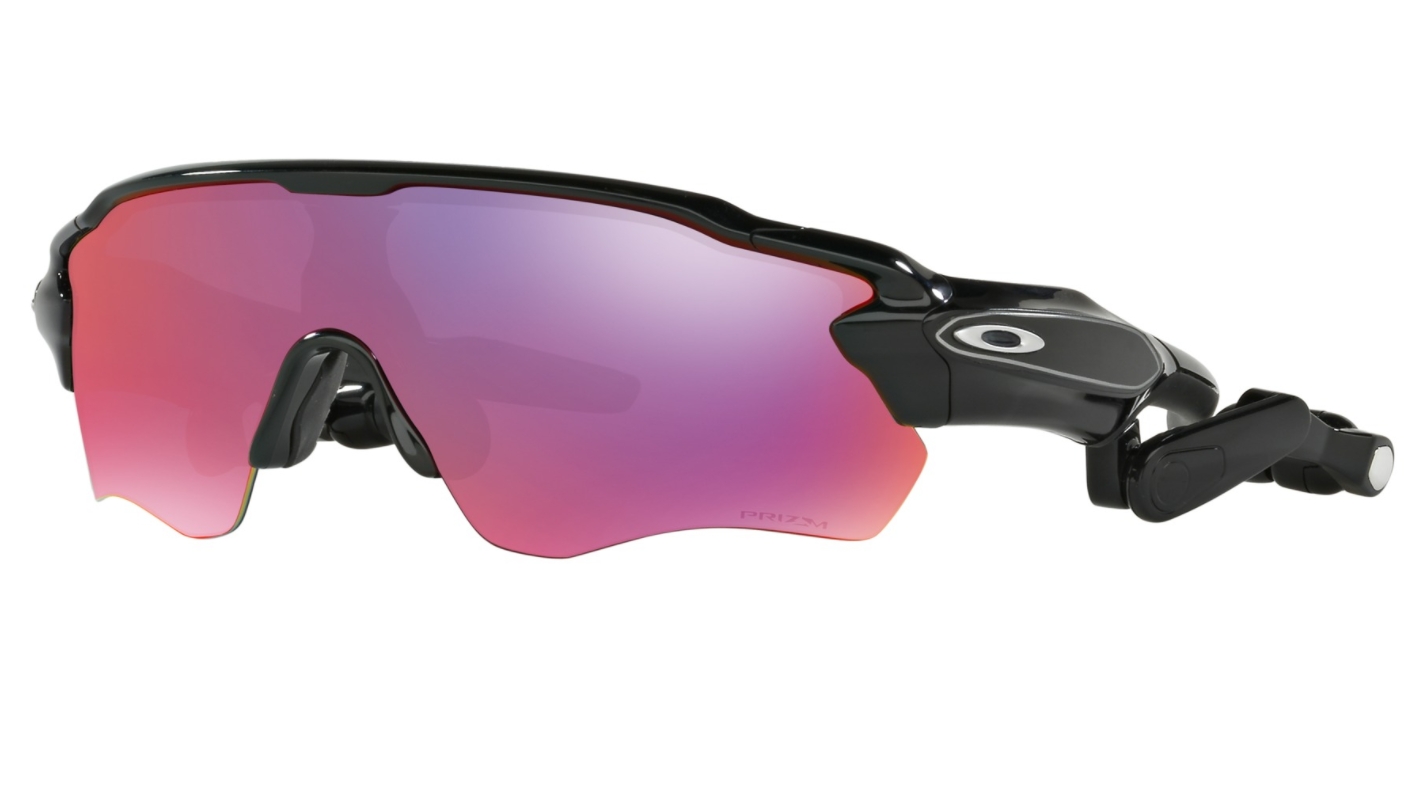
A voice-activated coaching system in the shape of a pair of classic Oakley sunglasses with detachable in-ear headphones, Radar Pace provides real-time feedback on your running metrics including distance, pace, climb, average pace, calories and cadence.
But if you want to unlock extra metrics such as heart rate, you have to bring your own third-party Bluetooth or ANT+ sensors. Lack of optical heart rate feels like a missed opportunity but the voice controls are about as responsive as we’ve tested.
Jabra Elite Sport
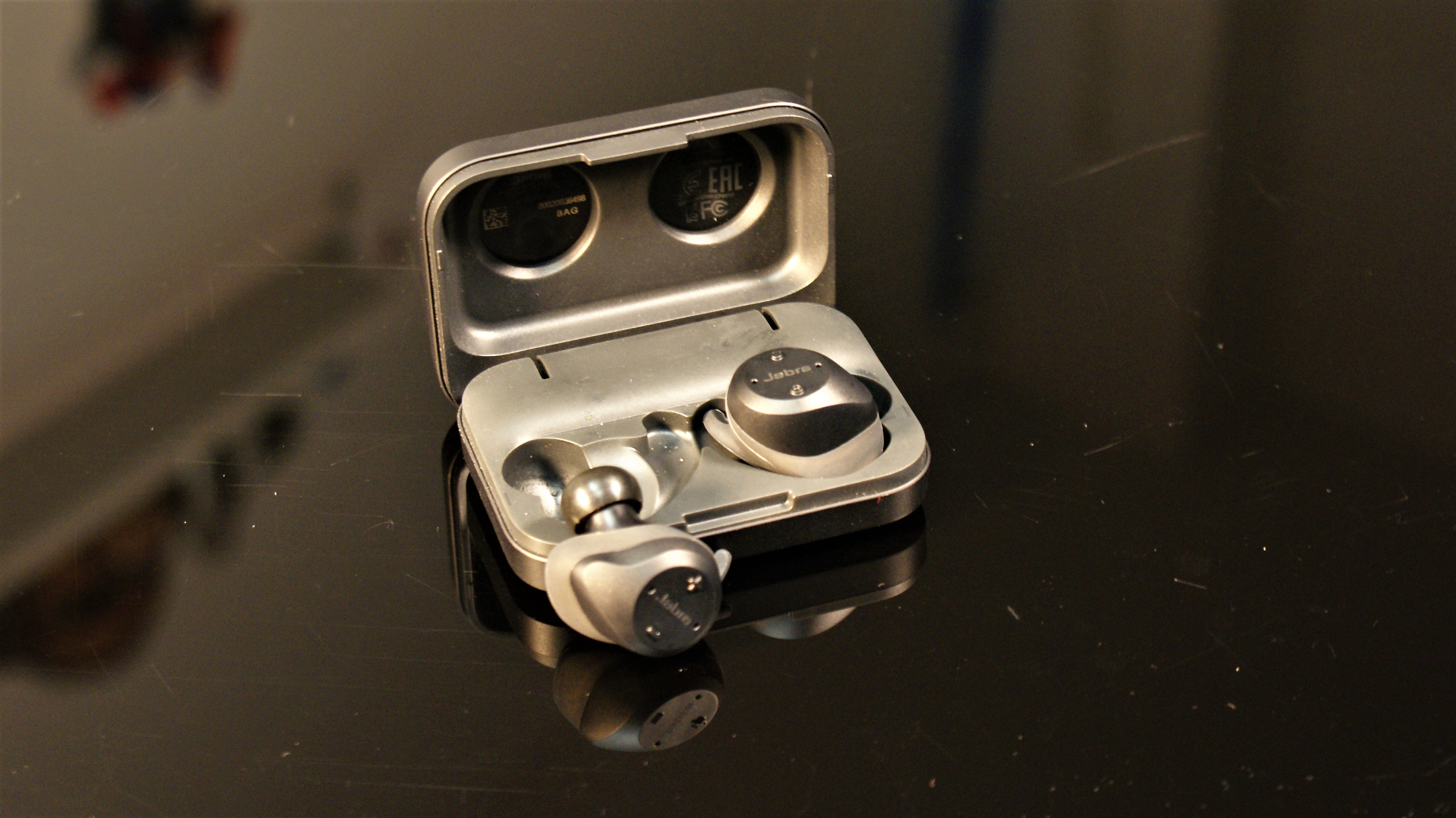
They’re far from cheap but Jabra Elite Sport's completely wireless headphones can track runs, monitor heart rate, guide you to improve your strength and even push you to the max with indoor high-intensity interval workouts.
There’s no AI coaching but the app has a range of pre-packed sessions, there’s VO2 Max tests for benchmarking fitness and some good quality audio to boot.
- Read our full Jabra Elite Sport review
Lumo Run
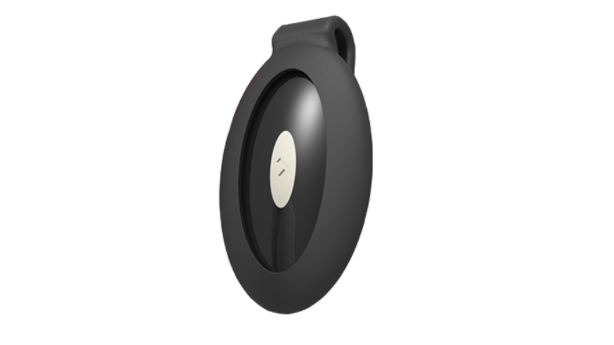
The Lumo Run tracker isn’t a pair of headphones so it’s not an option if running headphones is really what you’re after.
It also doesn’t offer AI coaching, but what it will do is give you real-time feedback on your running style during workouts and then recommend form-improving drills post-run, all based on the areas it feels you need to work on most.
If running faster is your main aim then starting with form is smart and Lumo Run is about the best form-focused device you can buy.
First reviewed: September 2017
